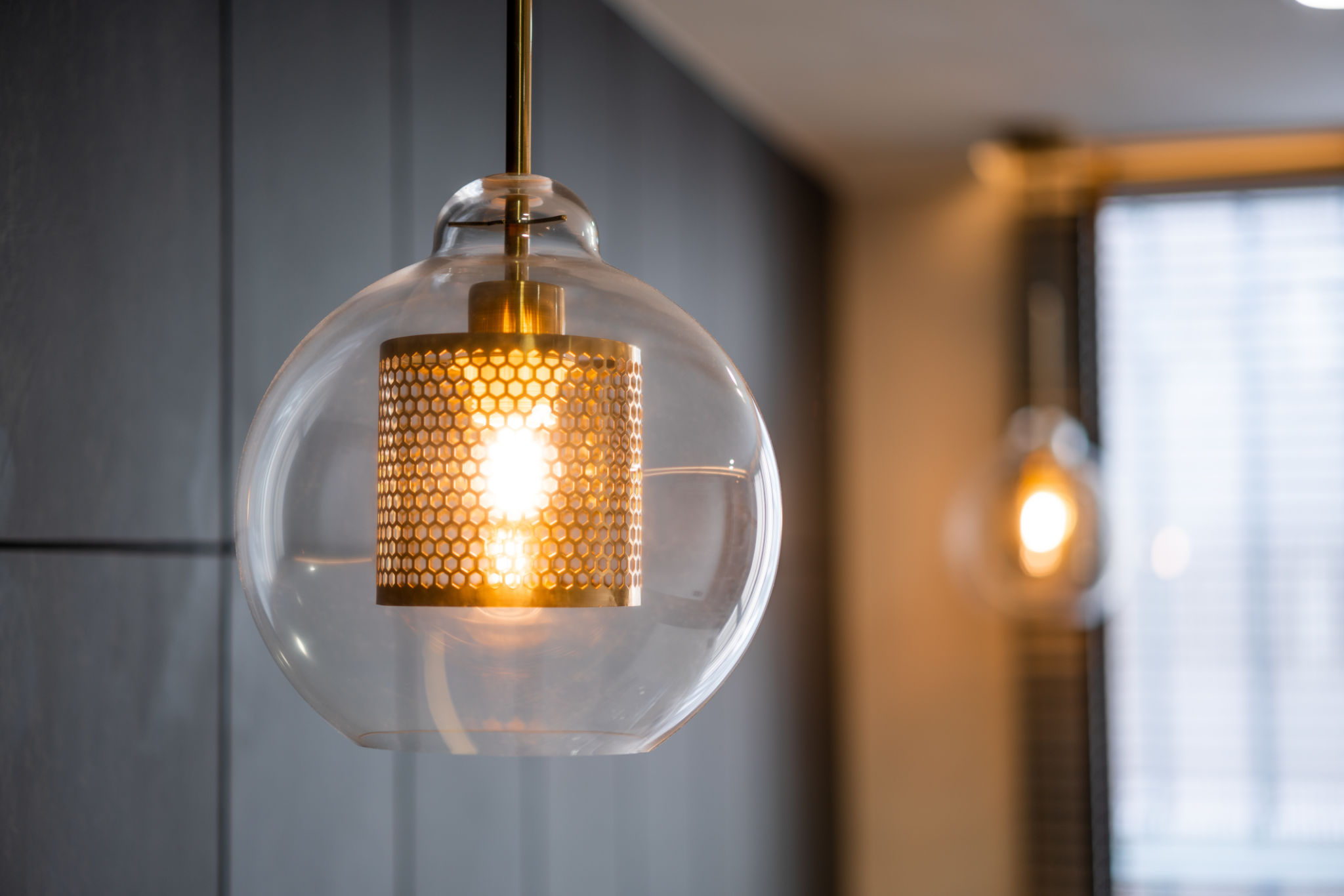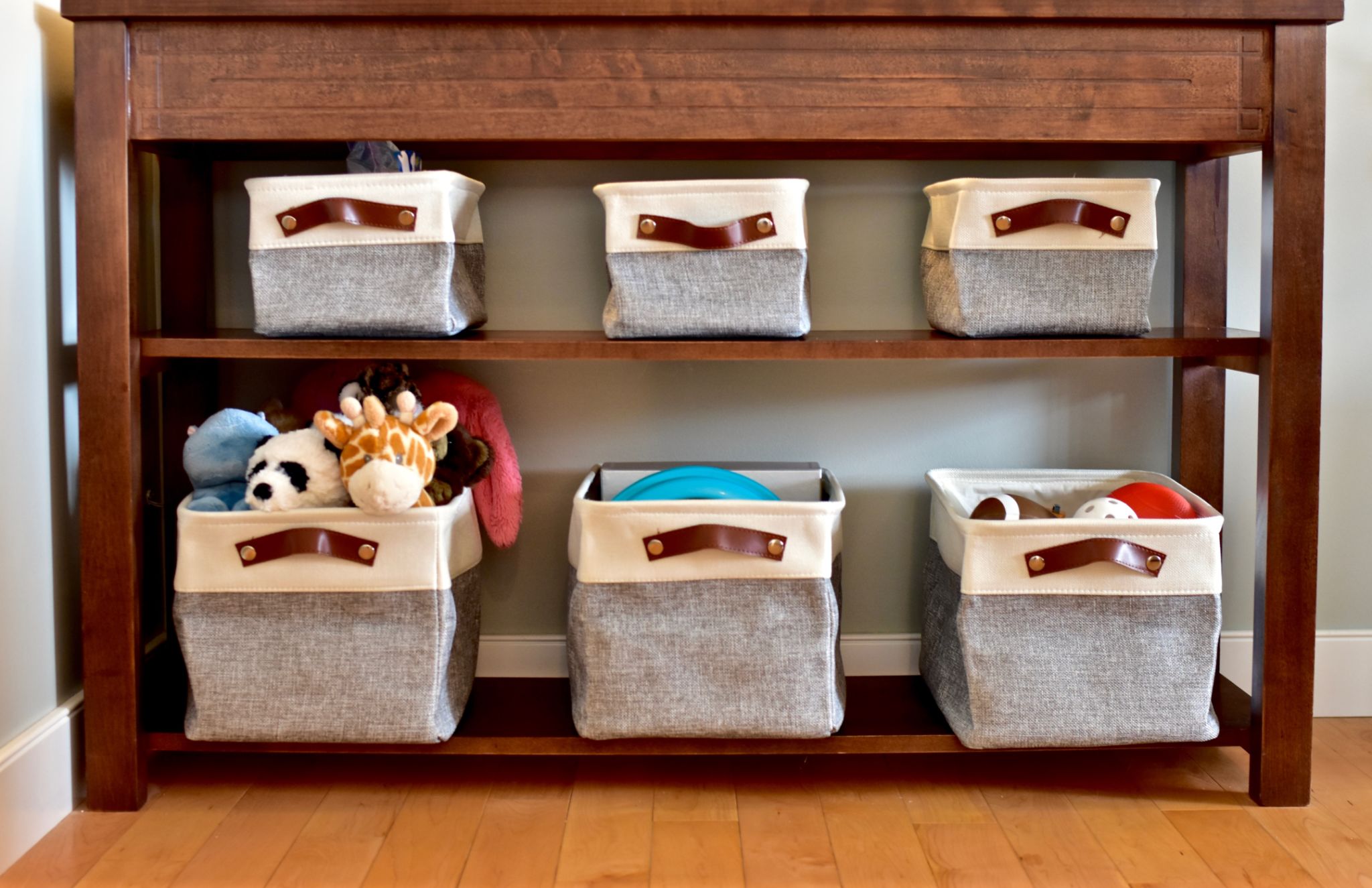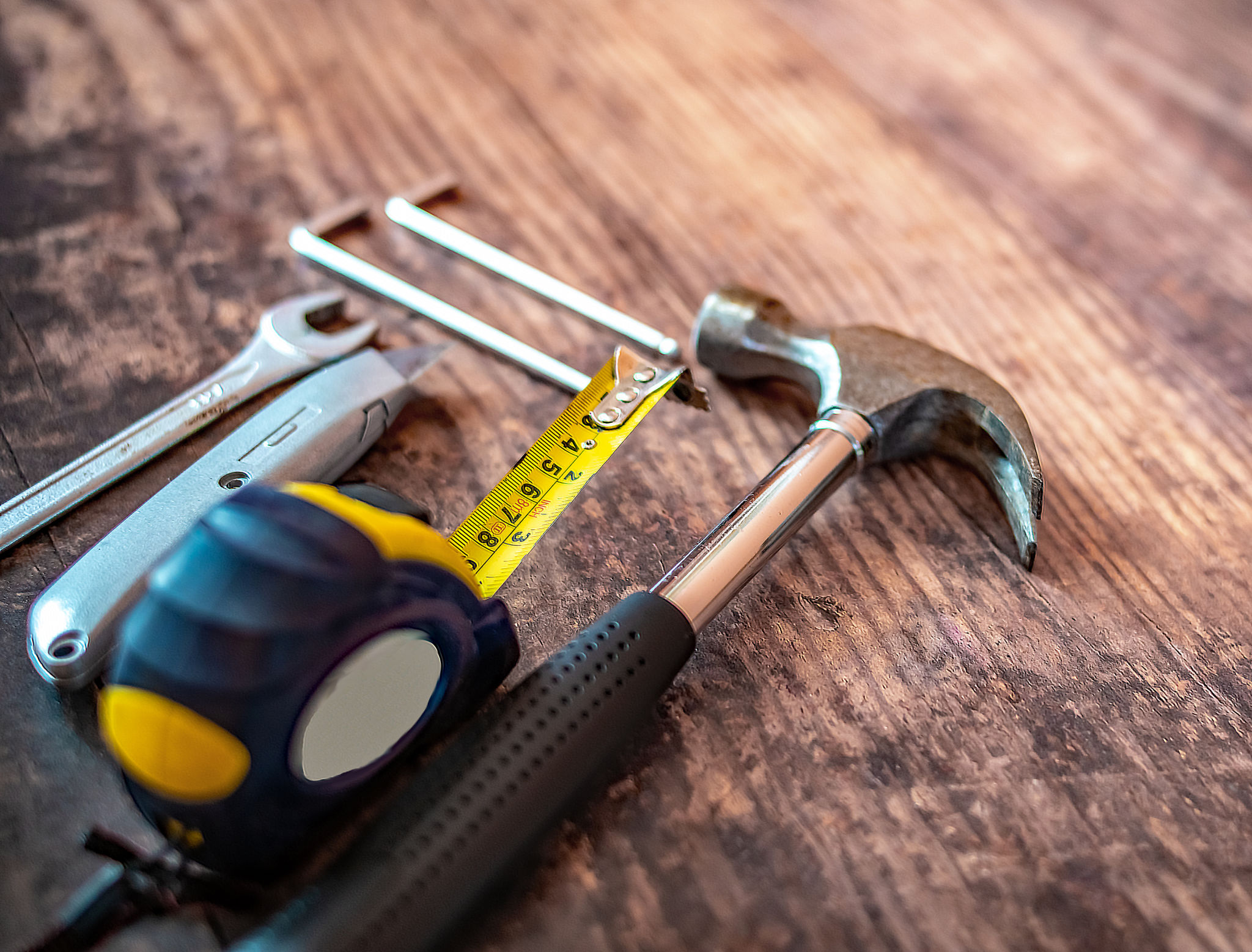DIY Tips for Minor Home Improvements Before Calling a Contractor
Start with a Fresh Coat of Paint
One of the simplest yet most effective ways to refresh a room is by applying a new coat of paint. Choose a color that complements your existing furniture and decor. Before you begin, ensure surfaces are clean and any holes or imperfections are patched up. Painting can significantly transform a space, offering a fresh and inviting feel without the need for a contractor.
When selecting paint, consider the finish that best suits your space. Matte finishes are great for hiding imperfections, while semi-gloss or high-gloss options are better for areas requiring durability, such as kitchens and bathrooms.

Enhance Lighting Fixtures
Lighting can dramatically change the ambiance of a room. Consider swapping out outdated fixtures with modern alternatives to breathe new life into your space. Look for energy-efficient options like LED bulbs, which can reduce electricity costs over time.
If you're not comfortable working with electrical wiring, there are still plenty of DIY lighting solutions. For instance, adding floor lamps or table lamps can offer additional illumination without the need for electrical alterations.

Upgrade Cabinet Hardware
A quick and cost-effective way to update your kitchen or bathroom is by replacing cabinet hardware. New knobs and pulls can give cabinets a modern look without a complete overhaul. This simple task requires only basic tools and minimal effort.
When selecting new hardware, consider the style and finish that matches your existing cabinets and overall decor. Hardware stores often have a wide selection, making it easy to find something that fits your taste and budget.
Revamp Your Flooring
If your floors are looking tired but you’re not ready for a full renovation, there are some DIY solutions to consider. Area rugs can add color and texture while covering imperfections. Alternatively, peel-and-stick vinyl tiles are an affordable option for refreshing kitchen or bathroom floors.
These tiles are easy to install and come in a range of designs, making it simple to mimic more expensive materials like wood or stone without the hefty price tag.

Add Storage Solutions
Clutter can quickly make a space feel cramped and disorganized. By adding creative storage solutions, you can enhance both functionality and aesthetics. Consider installing floating shelves to display decorative items or adding organizers to closets for better space utilization.
Think about multifunctional furniture pieces, such as ottomans with hidden storage or beds with built-in drawers, which can help you maximize every square inch of space.

Focus on Small Details
Sometimes, it's the small details that make the biggest impact. Consider updating switch plates, outlet covers, or even adding crown molding to give rooms a more finished look. These minor enhancements can elevate the overall appearance of your home without breaking the bank.
These are projects you can easily complete in a weekend and require little more than some basic tools and materials readily available at most home improvement stores.
Test Your DIY Limits Before Calling a Contractor
While DIY projects can be immensely satisfying, it's important to recognize your limits. If you encounter tasks beyond your skill level, such as significant plumbing or electrical work, it’s wise to consult with a professional contractor. Attempting these without proper experience can lead to costly repairs and potential safety hazards.
By tackling smaller projects yourself first, you can save money and gain a sense of accomplishment. When larger issues arise, you'll have a clearer understanding of when it's time to call in the experts.
